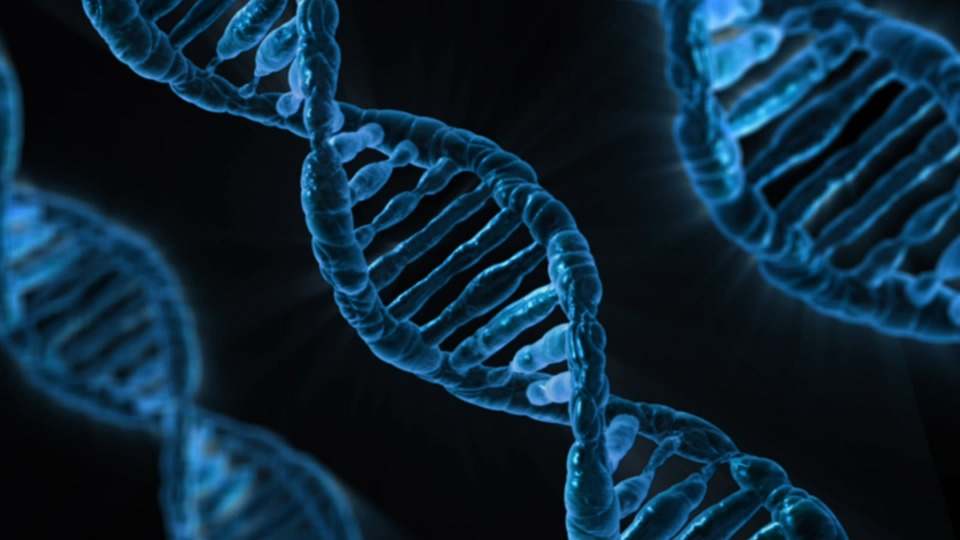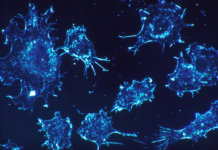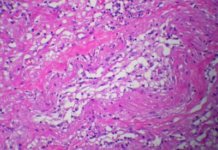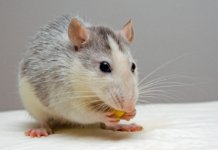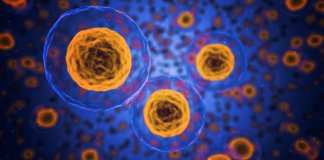Better longevity for some Amish people with the SERPIN 1 gene
Researchers from the Indiana Hemophilia & Thrombosis Center (IHTC) from the Northwestern University have uncovered a very rare genetic mutation among an Amish community in the United States. The mutation would be responsible for a 10-years increase in lifespan, compared to those lacking the mutation as well as the national average of 75 years.
A longer and healthier life thanks to SERPIN 1
Genetic testing of 177 subjects among an Amish community in Berne, Indiana, showed 43 carriers of the SERPIN 1 gene mutation, leading to its inactivation [1]. The population displaying the mutation was heterozygous for it, which means that the SERPINE-1 gene was expressed in its mutated form and in its normal form. The carriers of the mutation seemed to live an average of 10 years longer than non-carriers, had lower risks of developing diabetes and cardiovascular diseases, and would have telomeres 10% longer than average. We now know that telomeres can be directly linked to the biological age.

The role of the PAI-1 protein
The SERPIN 1 gene codes the PAI-1 protein, which is synthesized in fat and liver tissue and helps regulating the dissolution of blood clots in the circulatory system. This protein could be regulated by p53 [2], an important protein in the aging process. The higher the PAI-1 levels are in the body, the more it will show signs of biological aging – and vice-versa, the aging process will be slower in people with low levels of PAI-1, like the Amish with the SERPIN 1 gene [1]. Since gene transmission is hereditary, the researchers were able to confirm that telomere length would, for the most part, be hereditary as well [1].
This is the first study linking PAI-1, longer telomeres and life expectancy, with the conclusion that PAI-1 could directly influence life expectancy. Many studies will be conducted to better understand the phenomenon, such as a detailed study of PAI-1 action on reducing telomere length, and a study of a PAI-1 inhibiting molecule, TM-5614 [1].

Sources :
[1] Sadia S.Khan, Sanjiv S.Shah, Ekaterina Klyachko,…Douglas E. Vaughan, A null mutation in SERPINE1 protects against biological aging in humans (2017), Science Advances Vol 3 n°11
[2] Roderik M Kortlever, Paul J. Higgins and René Bernards, Plasminogen activator inhibitor-1 is a critical downstream target of p53 in the induction of replicative senescence (2006), Nature Cell. Biol 2006 Aug 8, 877-884
Arthur Michaud

Author
Auteur
Arthur studies biotechnological engineering at Sup’Biotech.
More about the Long Long Life team
Arthur étudie l’ingénierie des biotechnologies à Sup’Biotech.
En savoir plus sur l’équipe de Long Long Life
Dr. Marion Tible

Author/Reviewer
Auteure/Relectrice
Marion Tible has a PhD in cellular biology and physiopathology. Formerly a researcher in thematics varying from cardiology to neurodegenerative diseases, she is now part of Long Long Life team and is involved in scientific writing and anti-aging research.
More about the Long Long Life team
Marion Tible est docteur en biologie cellulaire et physiopathologie. Ancienne chercheuse dans des thématiques oscillant de la cardiologie aux maladies neurodégénératives, elle est aujourd’hui impliquée au sein de Long Long Life pour la rédaction scientifique et la recherche contre le vieillissement.
En savoir plus sur l’équipe de Long Long Life


